PRINCIPAL INVESTIGATOR
Monika Rekowska, professor (associate), University of Warsaw
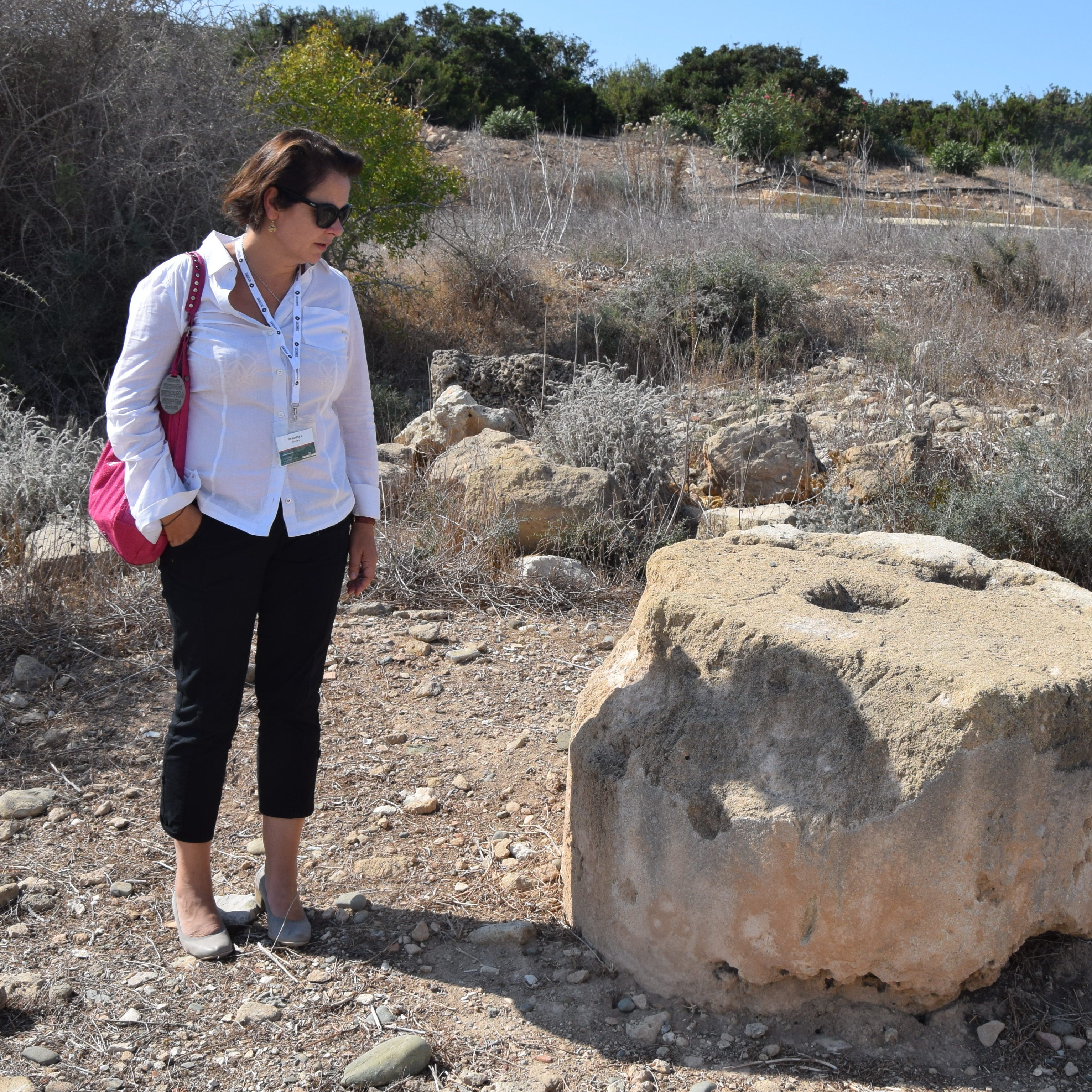
ORCID: 0000-0001-6672-1319 |
Monika Rekowska, is an associate professor at the University of Warsaw, where she obtained her doctoral degree (from the Institute of Archaeology) in 2002, followed by her habilitation in the Humanities in 2014. Currently, Professor Rekowska holds a position at the Faculty of Culture and Arts within the Institute of Art History. She serves as the head of the chair of the History of Culture. Professor Rekowska has actively participated in numerous archaeological projects across Europe and North Africa. She gained professional experience at various archaeological sites, including Orbe (Switzerland), in cooperation with Université de Lausanne (1993-1994), Haus Burgel (Germany), in collaboration with Universiteit zu Köln, Archäologisches Institute (1995-1996), in Ptolemais as member of the Polish Archaeological Mission of the University of Warsaw (2005-2010, twice assuming the role of field supervisor), and Nea Paphos (Cyprus) in cooperation with Université d'Avignon (2018-2022). Her research primarily focuses on Roman archaeology, with a specific emphasis on residential architecture and architectural decoration. She has presented her research at numerous international conferences and has served as a guest lecturer at the Deutsches Archäologisches Institut in Berlin (2014) and Rome (2020). In 2017, she became a member of the Polish Academy of Arts and Sciences, Mediterranean Archaeological Commission. Since 2021, she has been heading the Doctoral School of Humanities at the University of Warsaw. |
CO-INVESTIGATORS
Professor Demetrios Michaelides, professor emeritus, University of Cyprus
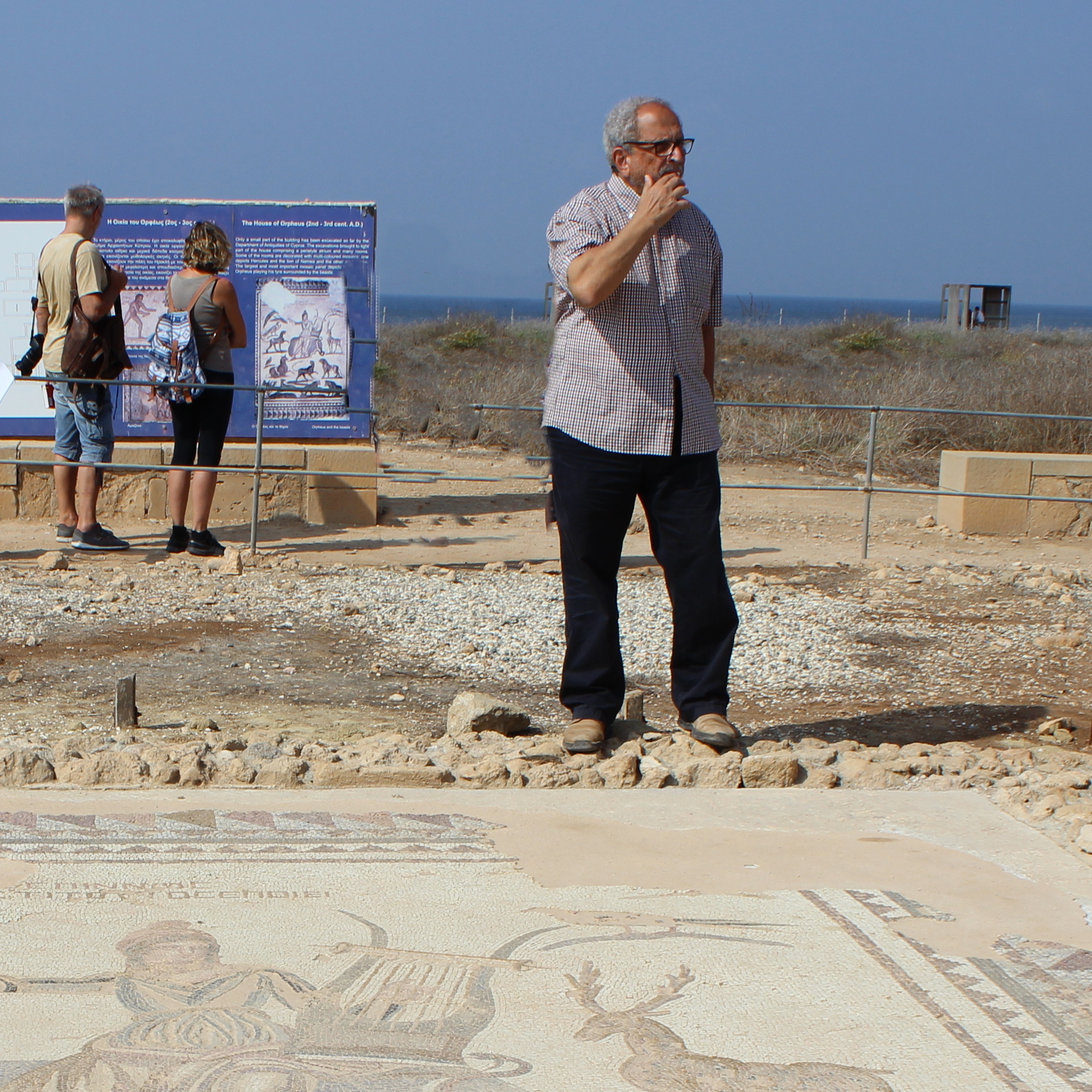
ORCID: 0000-0002-5320-7617 |
Demetrios Michaelides is Professor Emeritus at the University of Cyprus where he was the first chair of the Department of History and Archaeology (from 1996) and held the position of the Director of the Archaeological Research Unit until his retirement in 2014. Since his PhD thesis titled The Pavements of Roman Benghazi (defended at the University of London), he started his research on ancient mosaics, soon becoming a world authority on the subject. In 1982, after a stay in Italy during which he taught at the Università per gli Stranieri of Perugia, worked at the British School in Rome and directed excavations in Otranto in South Italy and the Basilica of San Clemente in Rome, he became the Archaeological Officer in charge of the Paphos District in Cyprus, carrying out numerous salvage excavations and as well as programmed ones, i.e. the House of Orpheus at Nea Paphos. His research interests are wide, ranging from the Eastern Mediterranean to North Africa and Italy, including Hellenistic and Roman mosaics and paintings, ancient medicine, ancient trade in marble and worked seashells, the topography of Hellenistic and Roman Cyprus, especially the topography of Nicosia and Nea Paphos. In 1988 he was elected Fellow of the Society of Antiquaries of London. In 2015 he was honoured by the President of the Republic of Italy with the title of Grande Ufficiale della Stella d’Italia. In 2019 he was elected a founding member of the Cyprus Academy of Sciences, Letters, and Arts. In 2022, he was elected Correspondant étranger of the Académie des Inscriptions et Belles-Lettres. Professor Michaelides was a member of the Scientific Board of the Lexicon Iconographicum Mythologiae Classicae, he is the Vice President of the Association Internationale pour l’Etude de la Mosaϊque Antique and the President Emeritus of the International Committee for the Conservation of Mosaics (ICCM), over which he presided from 1996 to 2014. |
Professor Patrizio Pensabene, professor emeritus, Università La Sapienza, Roma
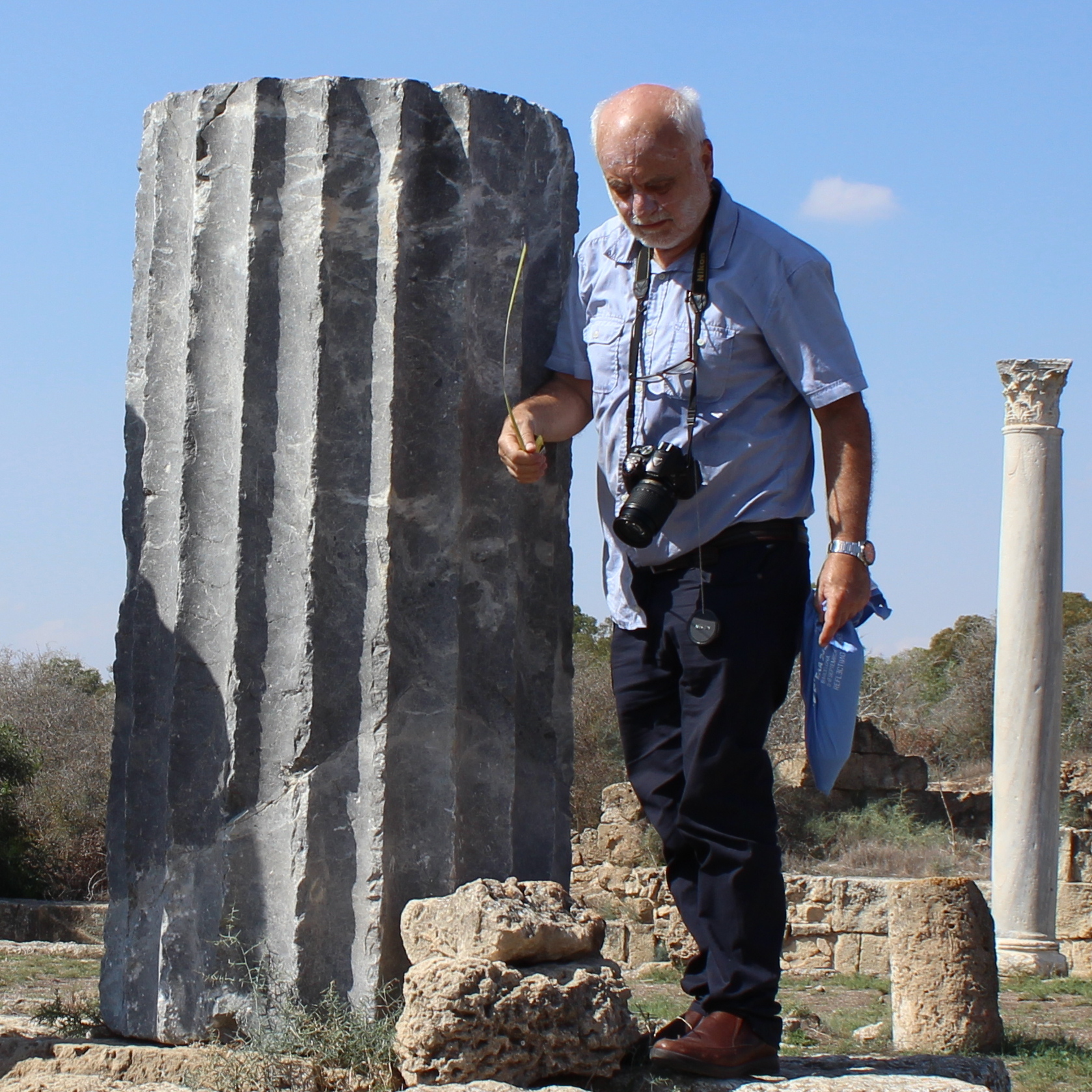
|
Patrizio Pensabene is Professor Emeritus in Classical Archaeology at Sapienza - University of Rome. He has been the coordinator of the Doctorate in Classical Archaeology at the same university from 1998, member of the DAI Rome from 1985, of the Pontificia Accademia di Archeologia from 1990, of the ASMOSIA Executive Committee from 2003. He has been Professor in Classical Archaeology at the University “Kore” of Enna (Sicily) from 2005 and from 2007 he has taught History of Ancient Architecture at the Italian Archaeological School of Athens. He has been participating and has directed excavations at the Temple of Magna Mater in Rome, the Ostia Theatre, the so-called Mausoleum at Villa Adriana, the Hellenistic Temple and the Christian Basilica of San Leucio at Canosa di Puglia, the Villa del Casale at Piazza Armerina. He has worked in many Italian Archaeological Missions abroad (Cherchell, Cyrene, Ptolemais, Alexandria, Teos, Lesbos, Hierapolis) doing excavations and finds documentation. He has carried out cataloguing works on marbles and terracottas at Rome, Ostia, Southern Etruria, Apulia, Calabria, Sicily. His research is particularly focused on Roman architectural decoration, on marble in antiquity, on the reuse of ancient elements in Late Antiquity and the Early Middle Ages. |
Eleonora Gasparini, PhD, Università della Campania Luigi Vanvitelli
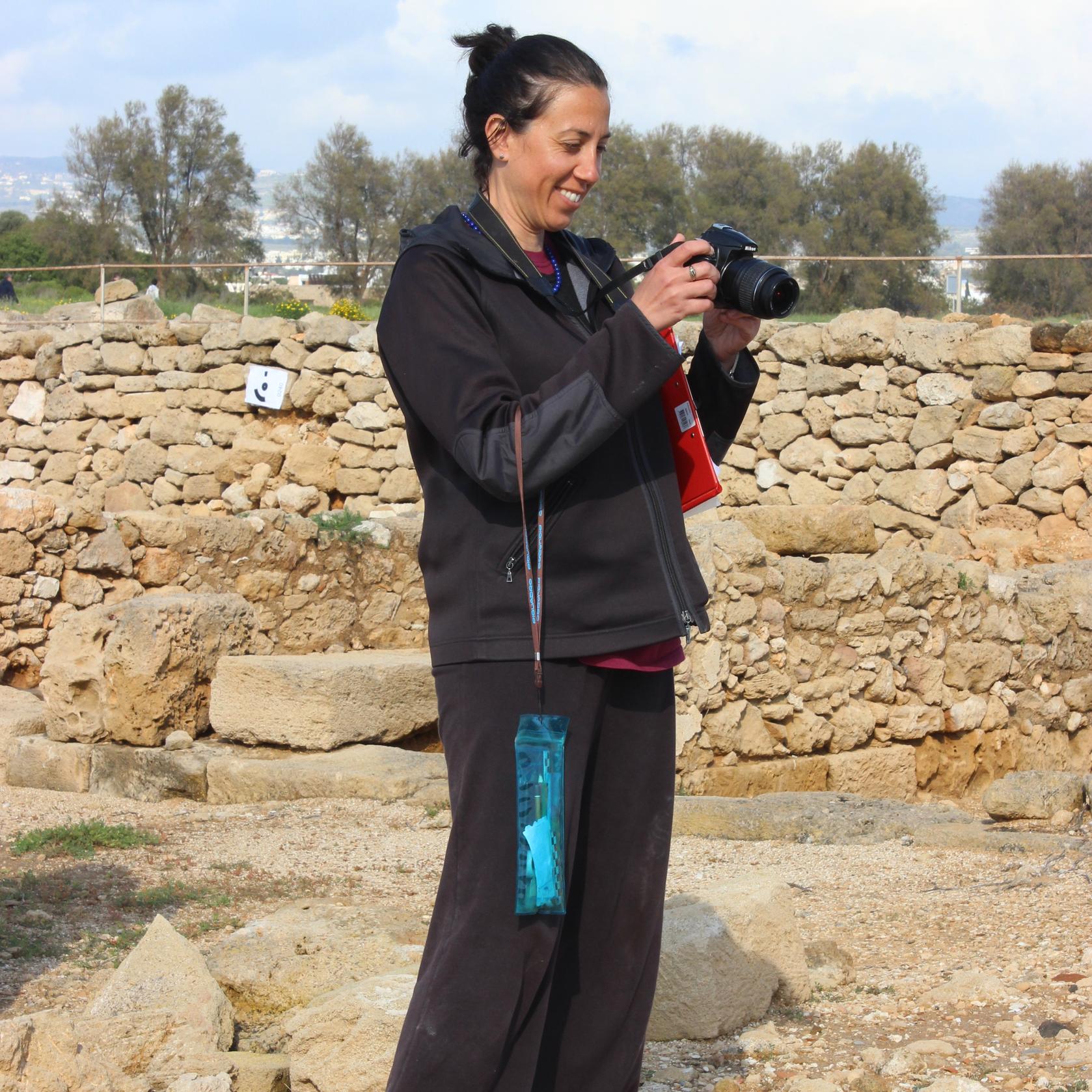
ORCID: 0000-0002-5922-0716 |
Eleonora Gasparini graduated in Humanities at Sapienza - University of Rome and earned a PhD in Archaeology at the same university. She has been a Faculty Member at the Department of Humanities and Cultural Heritage of the University of Campania “Luigi Vanvitelli” since 2020. She has carried out excavations and researches at Rome and several Italian sites such as Aquileia, Canosa, Piazza Armerina, Cottanello, and Portus. Her activity has been mainly addressed to Cyrenaica, Cyprus and Egypt with scientific interests focused on Roman housing from the Hellenistic period to Late Antiquity. Her research includes studies on Roman architecture and architectural decoration, interdisciplinary studies on the use of marble and other stones in antiquity as well as social, economic and anthropological implications in ancient architecture. |
Jakub Kaniszewski, MA, independent researcher
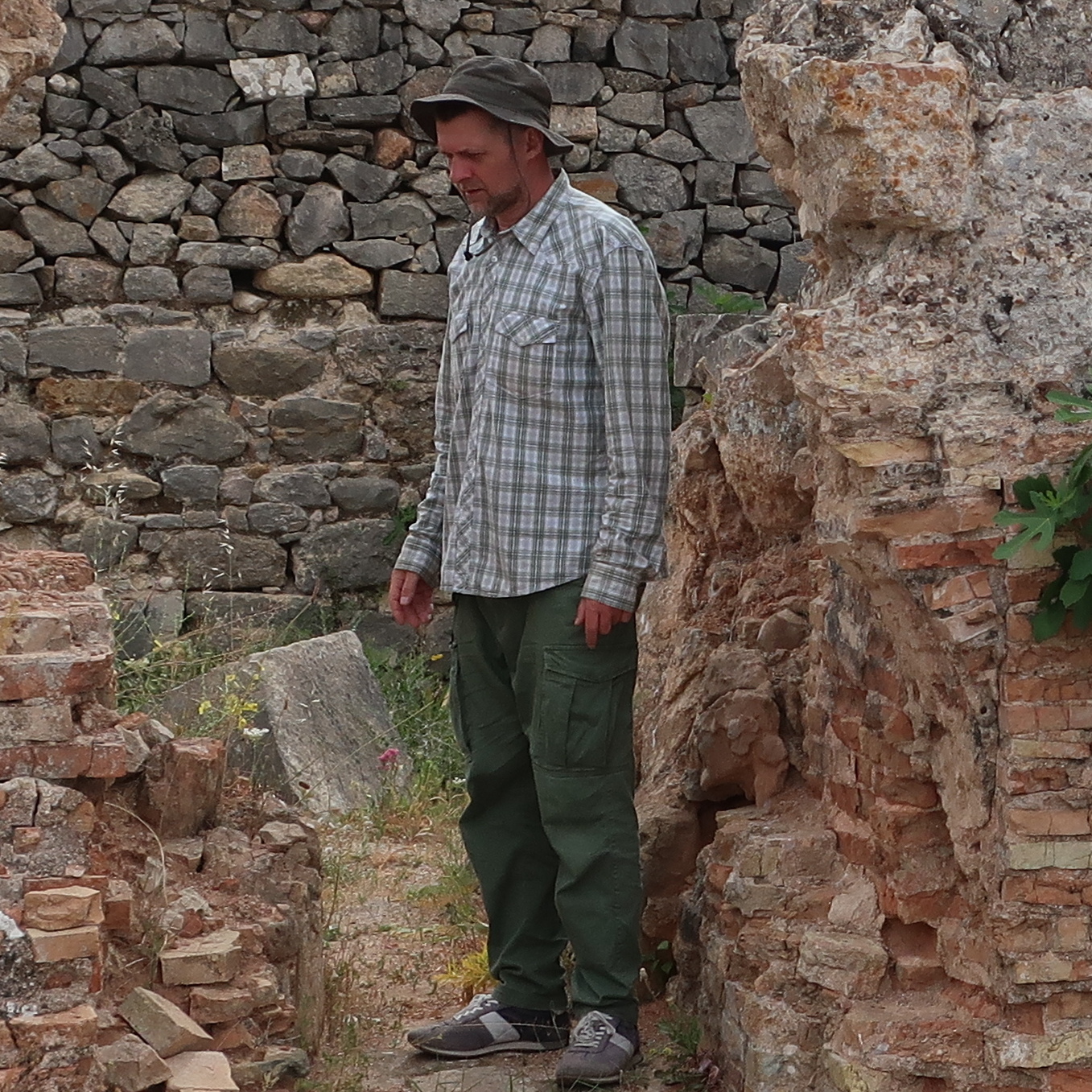
|
Jakub Kaniszewski, MA, is an independent researcher who graduated from the Institute of Archaeology, University of Warsaw. With a unique combination of expertise in archaeology and IT, he has made significant contributions to the field. His work spans numerous archaeological projects around the world, including Ptolemais in Cyrenaica, Novae in Bulgaria, Castillo de Huarmey in Peru, Kings Valley in Egypt, Apsaros in Georgia, Morocco, Crimea, Turkmenistan, Saudi Arabia, and Kuwait. His experience has enabled him to reconstruct a range of architectural features spanning different time periods, from the Bronze Age to the modern era. |
COLLABORATORS
Marcin Gładki, MA
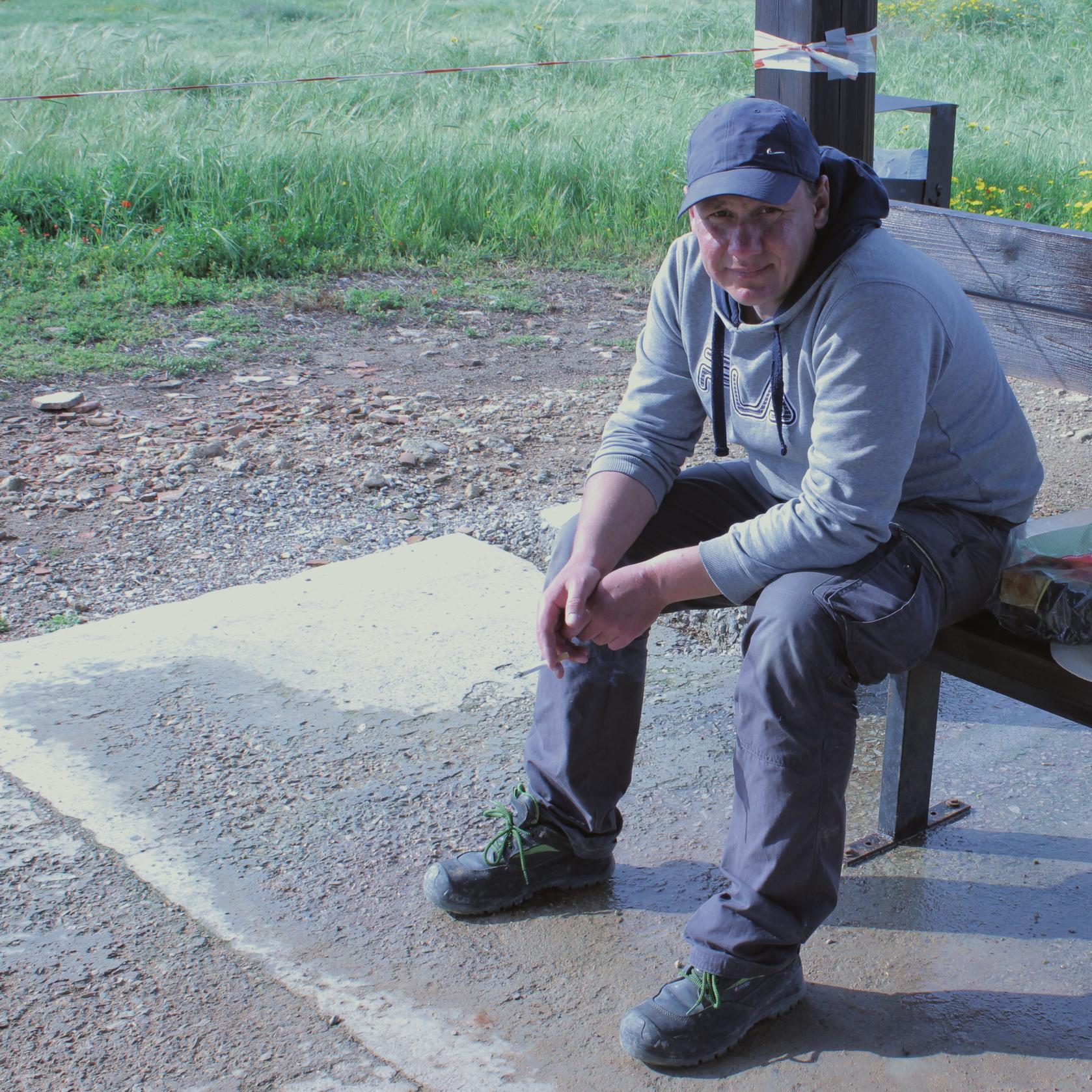
|
Marcin Gładki, MA, is a field archaeologist and surveyor who graduated from the Institute of Archaeology, University of Warsaw, and the Military Academy of Technology in Warsaw. He specializes in Bronze and early Iron Age archaeology on the south-eastern Baltic coast. Marcin is also an expert in Geographic Information System (GIS), mapping, and remote sensing techniques including laser scanning, photogrammetry, and 3D modelling. His skill set has positioned him as a leader, coordinator, and participant of numerous international projects aimed at the documentation and revitalization of historic buildings. These projects span across various countries including Poland, Norway, Turkey, Cyprus, and Jordan. Since 2013, he has served as the chairman of the Board of the Dajna Foundation im. Prof. Okulicza-Kozaryna. |
Patrizio Fileri, PhD, Università degli Studi di Napoli, L’Orientale
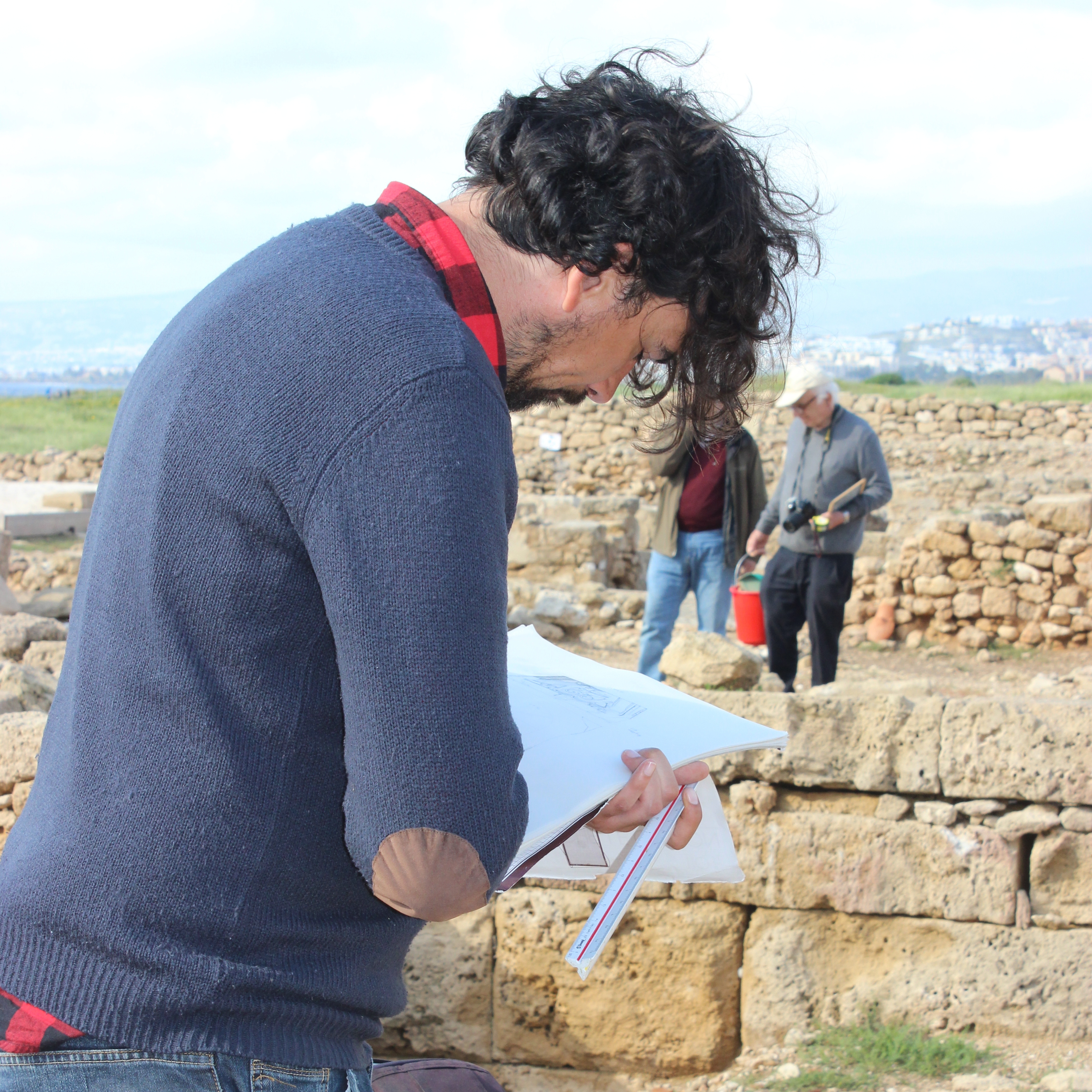
|
Patrizio Fileri, PhD, is a classical archaeologist, currently serving as a research fellow at l'Università degli Studi di Napoli, L'Orientale. His research is primarily focused on the material culture of the Mediterranean, with a particular emphasis on architectural decoration analyzed from a typological/stylistic perspective as well as the working techniques and construction methods. One of his main areas of interest is the archaeology of the cult, and in particular the Isiac cults in the Greco-Roman Aegean and their connection to sacred geography. This topic was the basis of his doctoral thesis at the University of Rome La Sapienza. Within the research project, started during his specialization and further education at the Scuola Archeologica Italiana di Atene, he has conducted a study of the sanctuary of the Egyptian Deities at Gortyna in Crete. Patrizio Fileri has actively participated in various excavations and research missions both in Italy and abroad, including the central archaeological area of Rome, Villa Adriana, Canosa di Puglia, Cuma, Piazza Armerina, Athens, Gortyna in Crete, and Cyprus. As an expert draftsman, he uses his drawing skills to document and analyze archaeological findings, collaborating with numerous archaeological research missions led by universities, museums, and superintendencies. |
Anna Kordas, PhD candidate, University of Warsaw
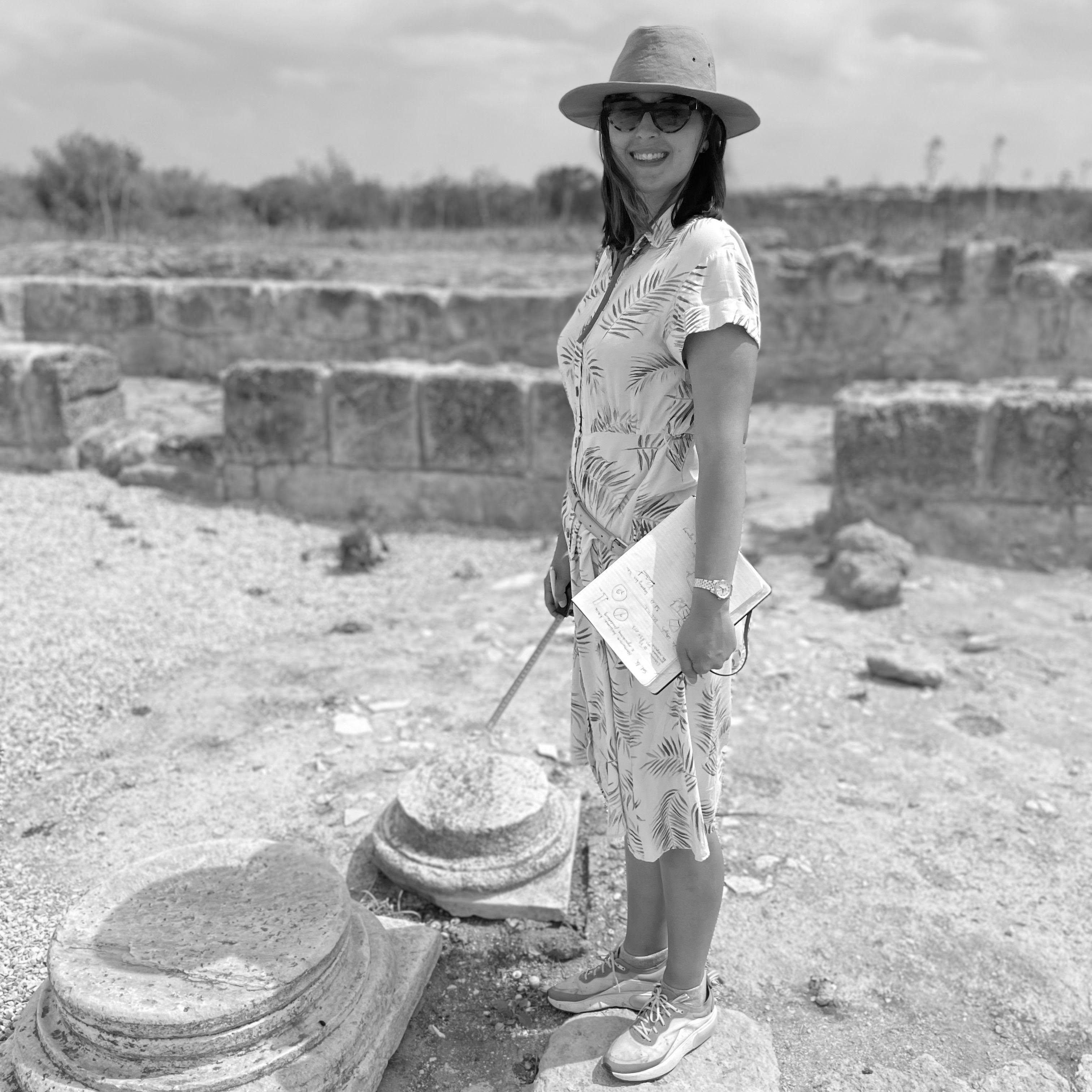
|
Anna Kordas, PhD candidate, completed her studies at the Institute of Archaeology, University of Warsaw, where she successfully defended her diploma thesis extensively focused on epigraphy. She has gained practical experience through participation in numerous excavations in Novae (Bulgaria), Risan (Montenegro), Nea Paphos (Cyprus), Ptolemais (Libya), Dreros (Crete, Greece), and Alexandria (Egypt). In her studies, she merges her passion for epigraphy with a particular interest in Hellenistic and Roman architecture. She is currently pursuing her doctoral dissertation (since 2019) under the supervision of Professor Monika Rekowska, tentatively titled "Stonemasons’ marks as a key to understanding architectural engineering. Stonemasons’ marks from Cyprus and the area of Alexandria from the Hellenistic period to Late Antiquity. Koine of Greek stonemasonry or local marking systems?". This study aims to explore the distinct characteristics of marking systems within these regions, with the primary objective of determining whether these systems were limited only to the local workshops, or resulting from the activity of itinerant stonemasonry teams. |
|
Piotr Prejs, MA, independent researcher |
Archaeologist graduated at the Institute of Archaeology, University of Warsaw. |
|
Tommaso Chiaramida, PhD
|
Classical archaeologist, graduated at Sapienzà, University of Rome. |